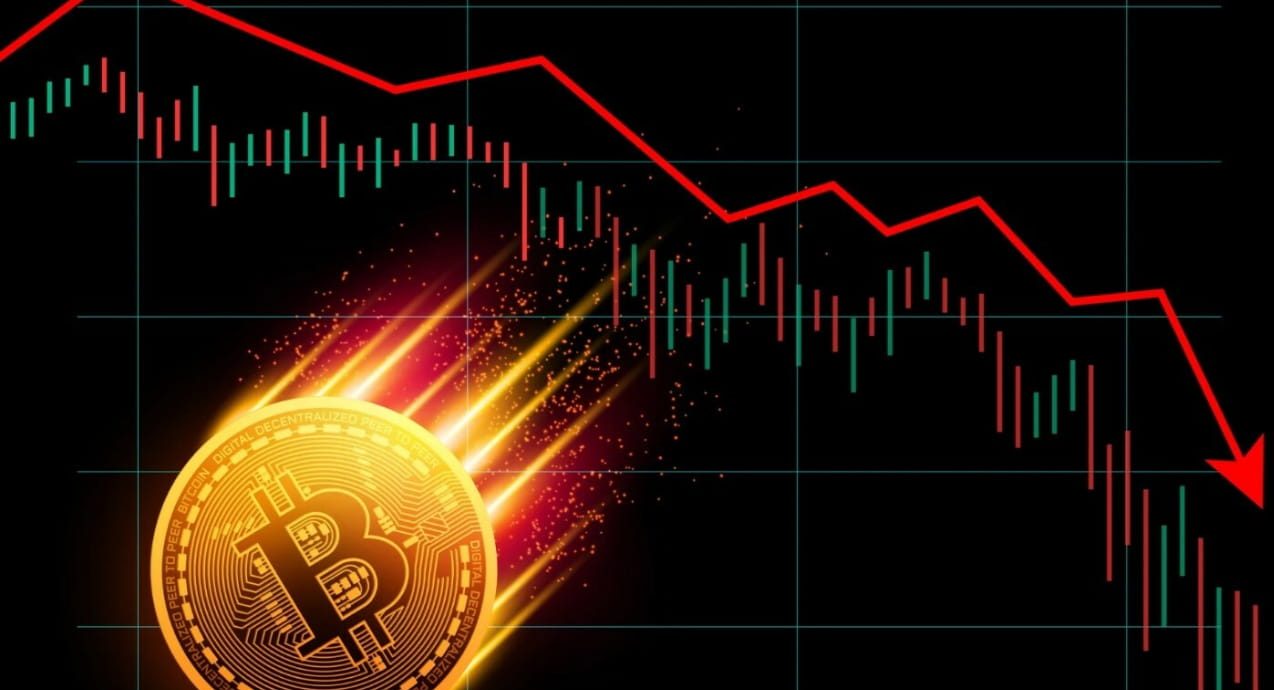Bitcoin price targets 2025, The trailblazing cryptocurrency Bitcoin (BTC) has once again gained attention by reaching new all-time highs. Discussions about where Bitcoin might go next have been rekindled by this rising momentum among ordinary investors, financial circles, and cryptocurrency aficionados. Everyone is wondering what Bitcoin’s next upward targets are and what factors might affect. Its future trajectory after it broke through past resistance levels and set new price benchmarks.
Bitcoin frequently sparks a surge of fresh buying interest when it breaches significant resistance levels. Long-term holders gain confidence in their investments, while traders who were previously hesitant might intervene to profit from the momentum. Prices may rise as a result of this dynamic, creating the conditions for future gains.
Bitcoin Price Drivers
Bitcoin price targets 2025, The mood of the market has a significant impact on how much Bitcoin costs. Bullish emotion can be fueled by positive news, such as big businesses using Bitcoin to make payments or a dramatic regulatory shift in favor of cryptocurrencies. In a similar vein, growing acceptance via sites like PayPal, Square, or Tesla’s prior Bitcoin transactions may create upward pressure.
On the other hand, profits may be momentarily halted or reversed by negative news or regulatory actions. Nonetheless, Bitcoin’s ability to bounce back and reach new heights is demonstrated by its tenacity throughout past downturns, including the bear market of 2018 and the COVID-19 flash crash in early 2020.
Another important element propelling Bitcoin’s growth is adoption. As more businesses, investors, and individuals use Bitcoin as a medium of exchange or store of value, demand rises and prices rise as a result. Easy access for a wider audience is also made possible by the increased interest in Bitcoin ETFs (Exchange-Traded Funds), futures markets, and other investment instruments.
Bitcoin’s potential upside is greatly impacted by macroeconomic factors outside of the cryptocurrency ecosystem. Due to worries about inflation, currency devaluation, and uncertainty in the global economy, many investors now see Bitcoin as a hedge against conventional financial risks. During periods of monetary expansion and geopolitical conflict, the narrative surrounding Bitcoin as “digital gold” has grown stronger.
The price of Bitcoin is also indirectly impacted by interest rates, central bank regulations, and fiscal stimulus plans. Investors frequently look for alternate repositories of value, such as cryptocurrency, when real yields on conventional assets fall. Bitcoin’s volatility may rise as central banks discuss tightening monetary policy, but its allure as a non-correlated asset may also grow.
Bitcoin Market Challenges
There are still a number of dangers and difficulties in spite of the euphoria around Bitcoin’s recent highs. Governments throughout the world are constantly creating regulations that might limit or make using cryptocurrencies more difficult, which raises concerns about regulatory oversight. Sharp adjustments could result from any unexpected, negative regulatory statement.
Attention is also paid to network scalability and technical challenges. Despite the fact that Bitcoin’s infrastructure is strong and constantly evolving thanks to additions like the Lightning Network, any significant technical problems or security lapses might erode investor trust.
One of Bitcoin’s defining features is still its market volatility. Quick price changes can cause investors to respond emotionally, which can result in both strong rallies and quick sell-offs. Maintaining long-term growth will require controlling these swings.
Conversely, more conservative analysts stress the significance of risk management and caution about possible corrections. They contend that even if there is a lot of momentum right now. Investors should be ready for volatility and steer clear of overexposure due to the market’s high level of speculation.
Final Thoughs
Growing investor confidence is demonstrated by Bitcoin’s recent ascent to all-time highs.Which has been fueled by institutional interest and wider usage. Even if technical goals like $70,000 to $100,000 seem reachable. The market is nevertheless susceptible to volatility, regulatory changes, and technical difficulties. Bitcoin’s function as a hedge against conventional hazards is further shaped by macroeconomic circumstances. All things considered, the prognosis is cautiously bullish, indicating substantial upside potential but necessitating cautious risk management. In the future of finance, Bitcoin’s development will continue to be crucial in striking a balance between opportunity and uncertainty.

 More than merely a numerical milestone, Bitcoin’s recent surge beyond key resistance levels indicates a resurgence of investor confidence and bullish sentiment in the cryptocurrency market. Historically, a mix of technology advancements, market psychology, regulatory changes, and macroeconomic factors have influenced Bitcoin’s price swings. The most recent development shows that institutional interest and retail adoption are driving the strong demand for Bitcoin.
More than merely a numerical milestone, Bitcoin’s recent surge beyond key resistance levels indicates a resurgence of investor confidence and bullish sentiment in the cryptocurrency market. Historically, a mix of technology advancements, market psychology, regulatory changes, and macroeconomic factors have influenced Bitcoin’s price swings. The most recent development shows that institutional interest and retail adoption are driving the strong demand for Bitcoin. Bitcoin’s next key targets after breaking above $60,000 are likely in the $70,000 to $75,000 range. A zone marked by psychological resistance and past consolidation. If bullish momentum continues, the $80,000 to $100,000 range could come into play, with $100,000 standing out as a major psychological milestone fueled by increasing institutional interest and Bitcoin’s limited supply.
Bitcoin’s next key targets after breaking above $60,000 are likely in the $70,000 to $75,000 range. A zone marked by psychological resistance and past consolidation. If bullish momentum continues, the $80,000 to $100,000 range could come into play, with $100,000 standing out as a major psychological milestone fueled by increasing institutional interest and Bitcoin’s limited supply. Prominent analysts and cryptocurrency specialists have differing opinions regarding the next upward targets for Bitcoin. Within the next 12 to 18 months, some positive voices, such as well-known investors and hedge fund managers, predict that Bitcoin will reach $100,000 or more. Macroeconomic causes, growing institutional acceptance, and restricted availability are frequently mentioned in their justifications.
Prominent analysts and cryptocurrency specialists have differing opinions regarding the next upward targets for Bitcoin. Within the next 12 to 18 months, some positive voices, such as well-known investors and hedge fund managers, predict that Bitcoin will reach $100,000 or more. Macroeconomic causes, growing institutional acceptance, and restricted availability are frequently mentioned in their justifications.

